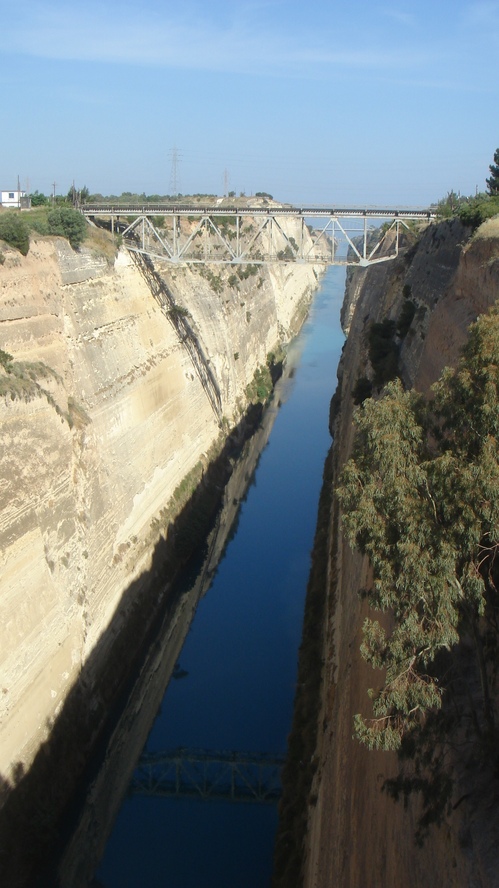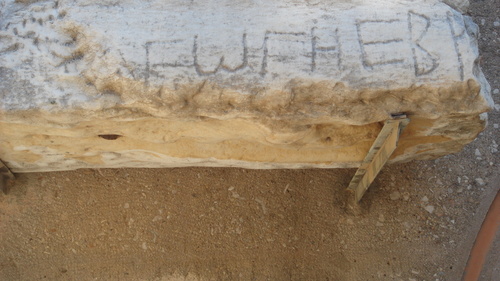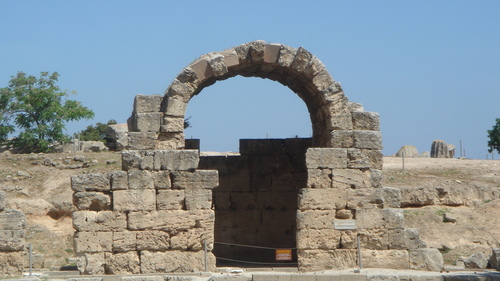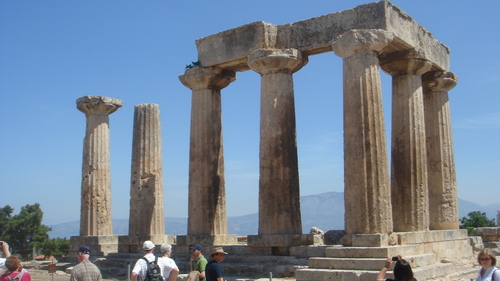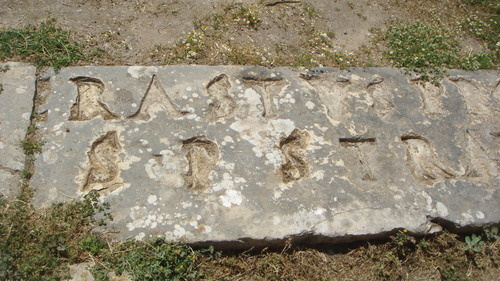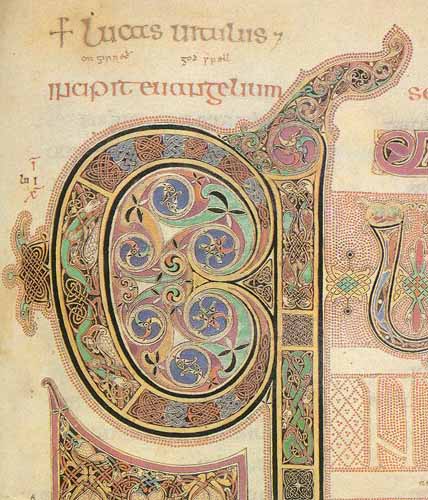Above you see one of the shops at Corinth, the sort of shop Paul as leather worker or tent maker would have used to sell his wears, along with Priscilla and Aquila. One could say Paul had an in-tents ministry 🙂 But in fact the sort of tents he was likely making were made of goat’s hair cloth, the famous cilicium made from the wool of black goats. Here below is an example of these creatures, taken in Turkey this month—-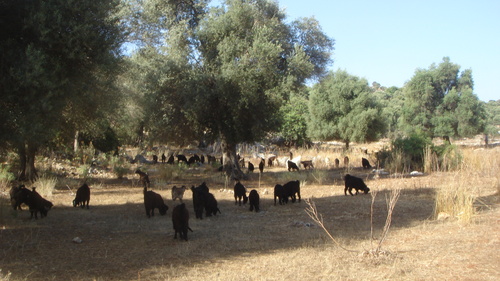
One of the things Paul certainly would have seen in Corinth was the ancient temple depicted above— a temple of the God Apollo, the God of prophecy. Greco-Roman persons had very different views of prophecy than Paul and other Jews did. They believed they could go to a prophet and ask yes or no questions about their personal problems or issues, and get direct answers. Prophets tended to be consulting wordsmiths, rather like palm readers today. So it was that Paul had to reform the notions of prophecy his audience had when he came to Corinth. Notice for example how in 1 Cor. 14 he tells some folk that if they have questions, they should ask at home, not interrupting the worship service when prophets were speaking. Christian worship was not meant to be Q and A.
Perhaps the most famous artifact in Corinth from a Christian point of view is the celebrated Erastus inscription found above. It says that Erastus in order to obtain the office of aedile paved the parking lot in front of the theater. This seems to be the same Erastus Paul sends greetings from in Rom. 16. We will talk about the cult of Asclepios in Corinth and ancient people’s views of salvation in the next post.
